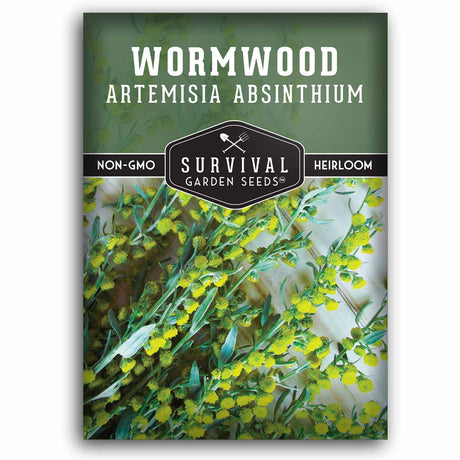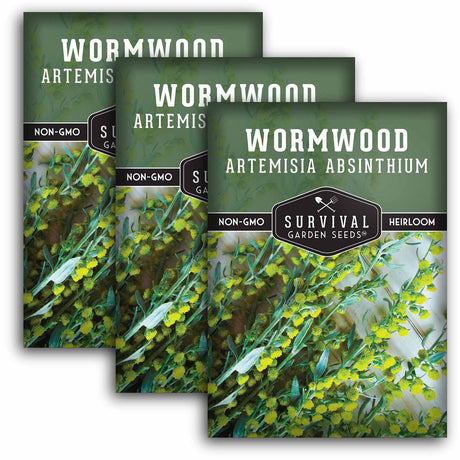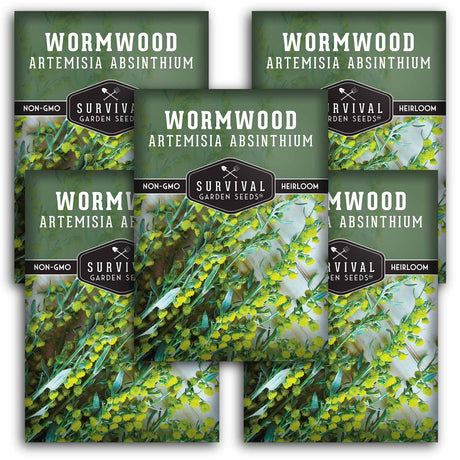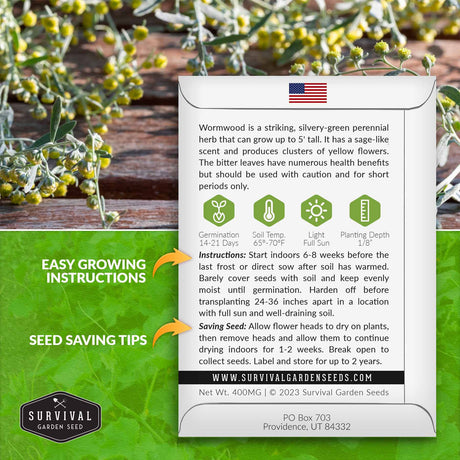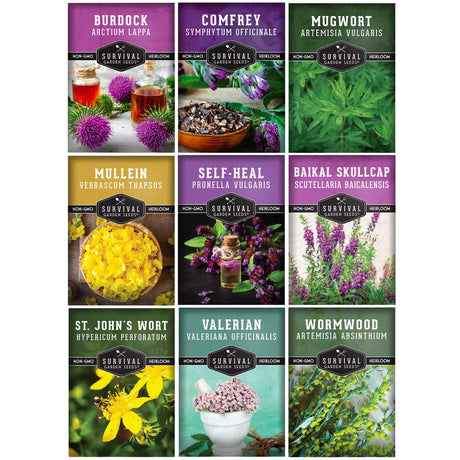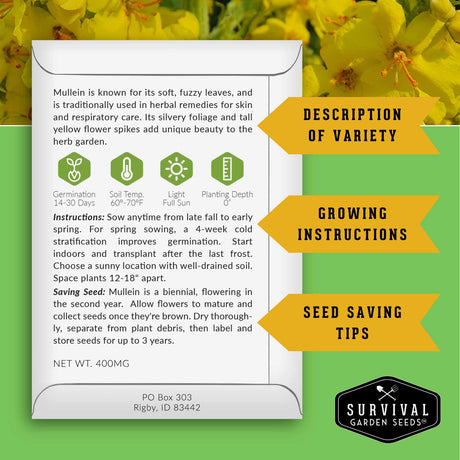
Unleash the Heat: A Guide to Growing and Using Fiery Thai Peppers
The fiery kick of Thai peppers is a classic feature of Southeast Asian cuisine, adding zesty heat to dishes. While they may sound exotic, these little peppers are relatively easy...
Join Our 2025 Victory Garden Challenge! Get Special Deals, Contests & Exclusive Content.
Free Shipping on US Orders of $20+ SHOP NOW
Your source for open-pollinated, non-GMO, heirloom seeds. GET ANSWERS TO FAQ
Wormwood seeds produce a hardy aromatic herb valued for centuries for its medicinal properties and distinctive fragrance. Wormwood, or Artemisia absinthium, is recognized for its silvery to green leaves with a bitter taste. This plant thrives in sandy soil and enjoys direct sunlight for most of the day. Wormwood can withstand dry conditions well. It’s an excellent choice for low-water gardens and is also a natural pest repellent.
Wormwood Seeds - Artemisia Absinthium
Herbalist Seed Bundle - 9 Important Medicinal Herbs
Survival Garden Seeds offers heirloom Wormwood seeds, selected for their high germination rates. The package includes detailed instructions for sowing and caring, making it convenient for anyone to enjoy growing this unique herb.
Wormwood is scientifically called Artemisia absinthium. This is a perennial plant, originating from regions of Asia, Europe, and North parts of Africa. These days, it is grown all over the world. Wormwood herb grows successfully in USDA hardiness zones 4 to 9, usually reaching 3 to 4 feet in height. With finely divided leaves and small yellow flowers, this herb is known for its bitter taste and potent medicinal properties. Often used in herbal remedies, it is mostly recognized as a key ingredient in absinthe production. NOTE: fresh wormwood does contain the plant compound thujone which can be toxic and cause hallucinations or seizures in large amounts. Consult with an expert for advice on using wormwood as a medicinal herb, as overdosing can cause serious side effects.
Start Wormwood seeds indoors, 8 to 10 weeks prior to the last frost. Sow seeds on the soil surface and press them lightly into the soil. Moist the soil regularly, until the germination process begins. Keep the temperature between 65 and 70° F during this time. In two to three weeks, the seeds will start to sprout. When seedlings grow a second set of true leaves, you may transplant them outdoors. Space the plants 18 to 24 inches apart.
Once rooted, a Wormwood plant requires very little maintenance and can become invasive if not well maintained. Water the plants sparingly. Allow the soil to dry out before each watering. They are tolerant to drought. Adding mulch at the base of the plant will be beneficial by promoting soil moisture and suppressing weeds. Wormwood enjoys occasional pruning to maintain its shape and promote bushier growth. Growing in containers is highly advised due to Wormwood’s aggressive nature. Harvest in late summer before the leaves and flowers reach full bloom as this is when the plant has the most potent medicinal properties.
Growing Wormwood in your garden will have many benefits, including aromatic foliage, medicinal uses, and natural pest-repellent properties. This hardy plant can also be used in many herbal preparations. It is a versatile herbal garden perennial.

The fiery kick of Thai peppers is a classic feature of Southeast Asian cuisine, adding zesty heat to dishes. While they may sound exotic, these little peppers are relatively easy...

If you want to bring fragrance, beauty, and pollinators to your garden, Consider growing Alyssum. Perhaps more commonly called Sweet Alyssum, this plant is a short-lived perennial that produces mounds...

Learn how to grow Alpine strawberry seeds like 'Regina' for sweet, compact fruiting plants perfect for containers or small garden spaces.
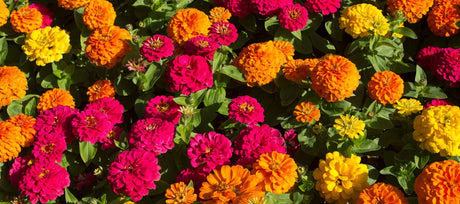
Bring butterflies and beauty to your garden with zinnias. They grow quickly, have an extended bloom period, and are easy to grow, requiring little maintenance.

How are you celebrating Earth Day 2025? This year, Earth Day follows right after Easter. That means that many of the typical Earth Day activities like tree plantings or community...
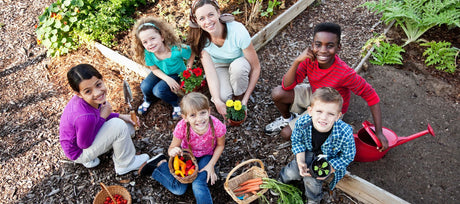
Growing a garden can give you a victory over high food costs, food insecurity, and a compromised food system. Let’s take a look at the value you can gain by...
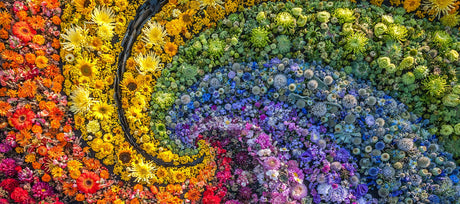
Next time you are in your garden or are selecting a bouquet as a gift, take some time to look beyond the beauty and consider some of the traditional meanings...

Learn how to grow creeping thyme from seed to create a beautiful, low-maintenance groundcover, perfect for pathways, gardens, and attracting pollinators.
